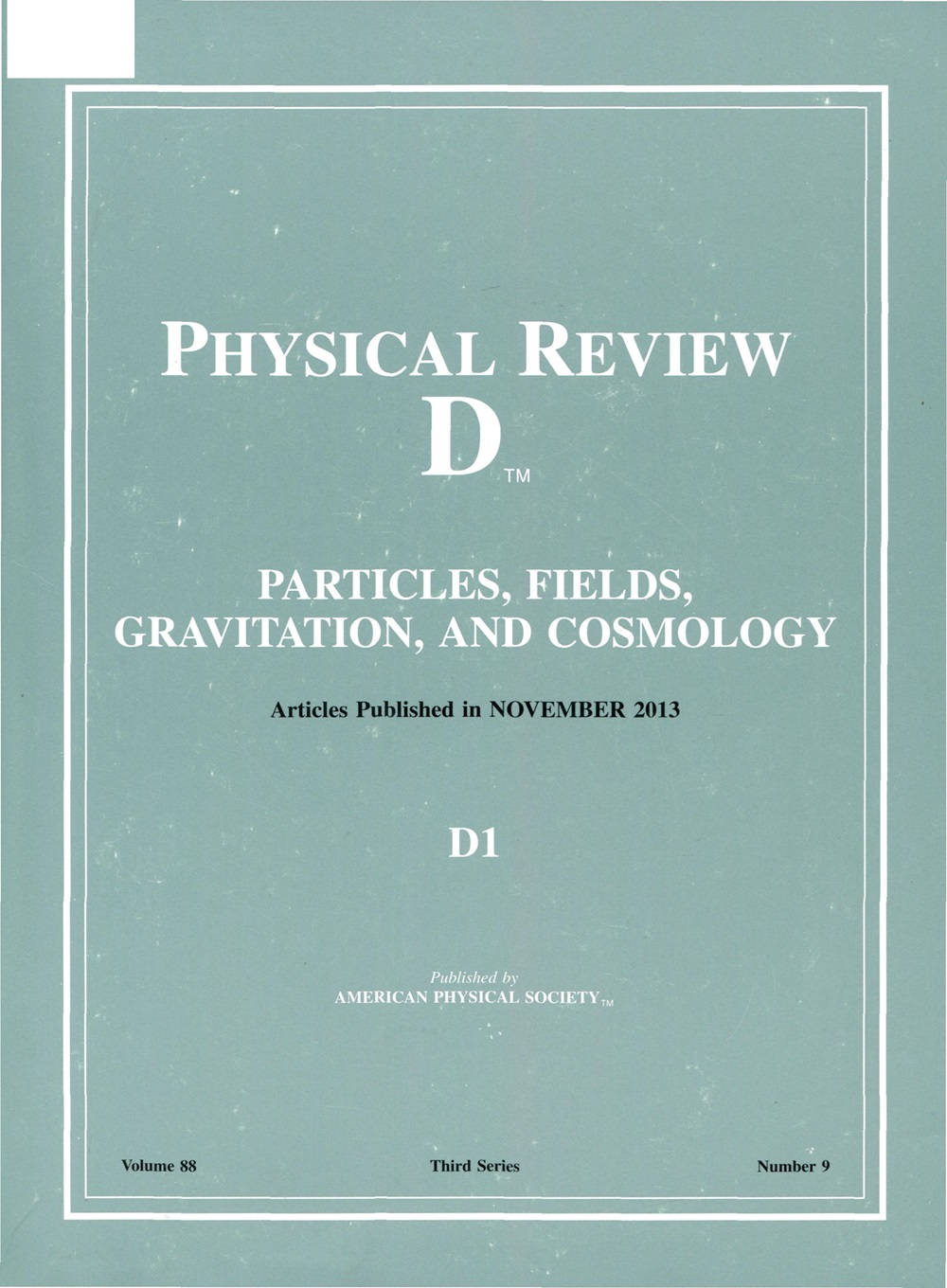基于扩散模型的强子对撞机堆积消除的变分推理
IF 5.3
2区 物理与天体物理
Q1 Physics and Astronomy
引用次数: 0
摘要
在本文中,我们提出了一种新的方法来消除堆积的pp相互作用使用变分推理与扩散模型,称为。与其使用分类方法来识别来自主要碰撞的粒子,不如训练生成模型来预测去除堆积的硬散射粒子射流的成分。这导致了对硬散射射流成分的完全后验的估计,这还没有在堆积去除的背景下进行过探索,产生了比现有方法明显的优势,特别是在存在不完美的探测器效率的情况下。我们评估了在模拟的具有堆积污染的tt事件的射流样本中的性能。在预测大范围堆积情况下硬散射射流的子结构方面优于并具有相当的性能。2025年由美国物理学会出版本文章由计算机程序翻译,如有差异,请以英文原文为准。
Variational inference for pile-up removal at hadron colliders with diffusion models
In this paper, we present a novel method for pile-up removal of pp interactions using variational inference with diffusion models, called . Instead of using classification methods to identify which particles are from the primary collision, a generative model is trained to predict the constituents of the hard-scatter particle jets with pile-up removed. This results in an estimate of the full posterior over hard-scatter jet constituents, which has not yet been explored in the context of pile-up removal, yielding a clear advantage over existing methods especially in the presence of imperfect detector efficiency. We evaluate the performance of in a sample of jets from simulated t t ¯ Published by the American Physical Society 2025
求助全文
通过发布文献求助,成功后即可免费获取论文全文。
去求助
来源期刊

Physical Review D
物理-天文与天体物理
CiteScore
9.20
自引率
36.00%
发文量
0
审稿时长
2 months
期刊介绍:
Physical Review D (PRD) is a leading journal in elementary particle physics, field theory, gravitation, and cosmology and is one of the top-cited journals in high-energy physics.
PRD covers experimental and theoretical results in all aspects of particle physics, field theory, gravitation and cosmology, including:
Particle physics experiments,
Electroweak interactions,
Strong interactions,
Lattice field theories, lattice QCD,
Beyond the standard model physics,
Phenomenological aspects of field theory, general methods,
Gravity, cosmology, cosmic rays,
Astrophysics and astroparticle physics,
General relativity,
Formal aspects of field theory, field theory in curved space,
String theory, quantum gravity, gauge/gravity duality.
 求助内容:
求助内容: 应助结果提醒方式:
应助结果提醒方式:


